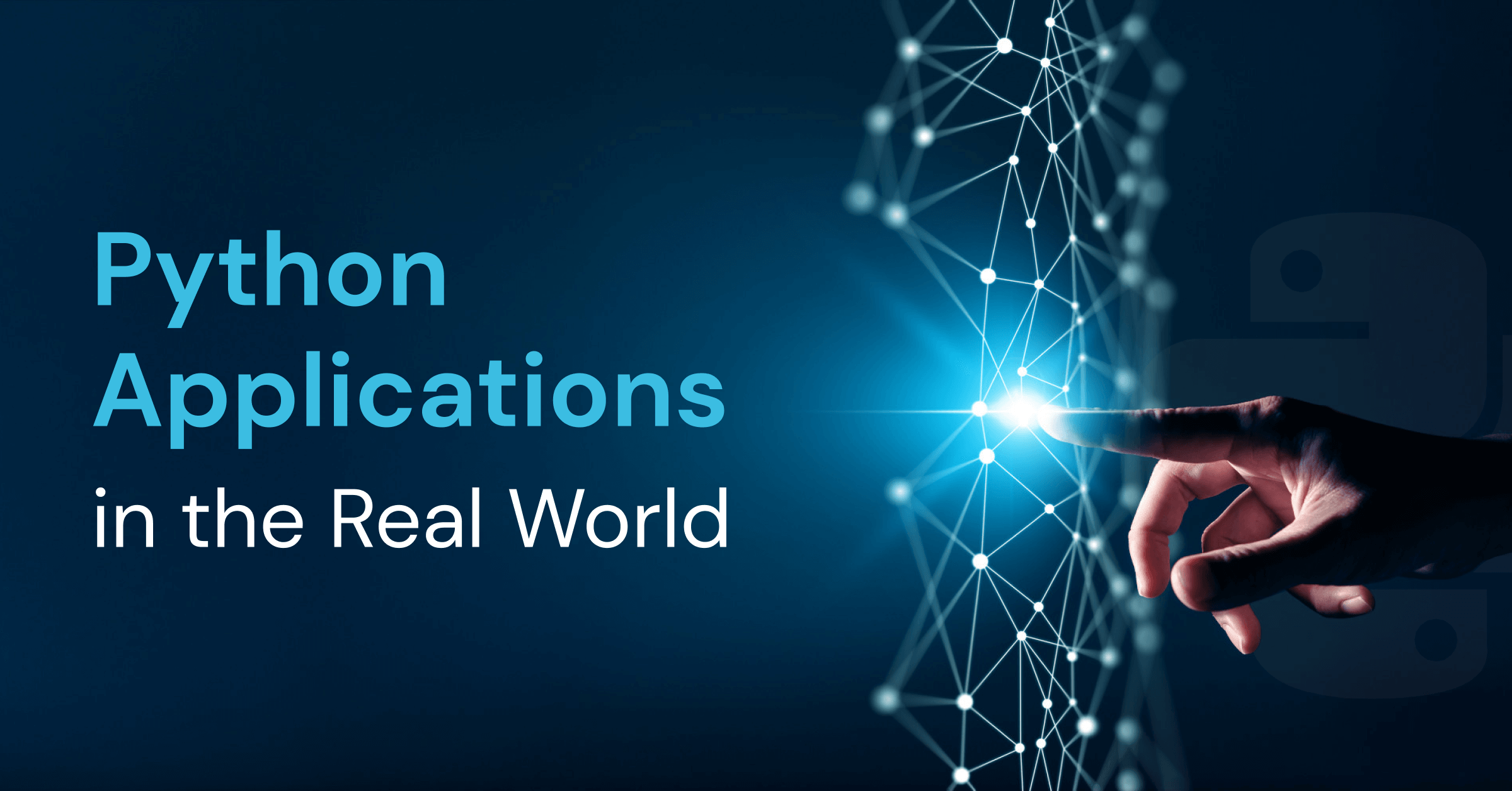
Top 20 Python Applications in the Real World
Mar 20, 2025 6 Min Read 6690 Views
(Last Updated)
Did you know that according to Stack Overflow, Python is the most preferred language by developers? Ever wondered what makes it so popular among them?
Python was created in 1989 by Guido Van Rossum and emphasizes the DRY (Don’t Repeat Yourself) philosophy, making Python code more readable. Python’s powerful string manipulation, extensive library of user-friendly modules, and simple shell access make it an excellent tool for swiftly automating repetitive operations.
Table of contents
- Top 20 Python Applications & Uses in Real World
- Web Development
- Video Game Development
- Artificial Intelligence and Machine Learning
- Data Science and Data Visualization
- Numerical and Scientific Applications
- Desktop Graphical User Interface
- Software Development
- Business/Enterprise Applications
- Educational and Training Programmes
- Operating Systems
- Web Scraping Applications
- Computer Vision
- Audio Applications
- Video Applications
- Computer-Aided Design Applications
- Embedded Applications
- Robotics
- Image Processing and Graphic Design Application
- Text Processing
- Language Development
- Conclusion
- FAQs
- What is Python mainly used for in the real world today?
- What makes Python so popular?
- What is Python, and how may it be used?
- In what industries is Python used?
- Can Python be used for web development?
Top 20 Python Applications & Uses in Real World
Python has always been at the cutting edge of machine learning, data science, and artificial intelligence. It also makes it simple to create various applications, web development processes, etc. This blog will go over the top 20 Python applications used in the real world in depth. So, let’s get started! Dive in!
1. Web Development
Python has to be your first choice when it comes to website development. This is because Python has a wide range of web development possibilities. Django, Pyramid, Bottle, and Flask can be used to create web frameworks and even comprehensive content management systems like Django CMS and Plone.
These web frameworks include standard modules and libraries for activities such as database interaction, content management, and interacting with internet protocols such as SMTP, HTTP, XML, JSON, IMAP, and POP.
The security, flexibility, and scalability of Python web frameworks are well-known. In addition, libraries like Requests, BeautifulSoup, Paramiko, Feedparser, and Twisted Python are available in Python’s Package Index.
2. Video Game Development
Python provides a plethora of useful extensions (libraries) that can be used to create interactive games. Pinoy and PyGame, for example, are two Python-based libraries that are commonly used in game development. Popular games, including Battlefield 2, Frets on Fire, World of Tanks, Disney’s Toontown Online, Vega Strike, and Civilization IV, are built on Python.
Apart from game production, game designers might use Python to create tools to make specific chores easier, such as level design or dialogue tree construction. Then, exporting those tasks informs that the core game engine can understand. Many game engines also use Python as their programming language.
Further Reading: Top 10 Python Frameworks for Game Development
3. Artificial Intelligence and Machine Learning
Models and projects based on AI and machine learning are fundamentally different from traditional software models. The tools and technology utilized in AI/ML projects and the talent necessary are vastly different from those used to create conventional software projects. ML/AI applications necessitate a secure, robust, and versatile language and tools that can handle the project’s different particular requirements.
Python possesses each of these characteristics, and as a result, it has become one of the most popular languages among Machine learning engineers. Python is the ideal tool for constructing AI and machine learning applications because of its consistency, simplicity, platform freedom, extensive library of useful tools, and active community.
4. Data Science and Data Visualization
Data science entails gathering, sorting, analyzing, and visualizing information. Python has incredible capabilities for dealing with sophisticated numerical calculations. Data science enthusiasts benefit from the existence of built-in packages. Several libraries in the Python ecosystem can assist you in tackling your Data Science bugs head-on.
TensorFlow, Pandas, PyTorch, Scikit-Learn, NumPy, SciPy, and other libraries. Even for visualizations, the Python environment now has a plethora of libraries. The most extensively used data visualization tools are Plotly, Matplotlib, Seaborn, ggplot, and Geoplotlib.
5. Numerical and Scientific Applications
Python has become an essential tool in scientific and numerical computation due to its extensive library base. Python serves as a foundation for programs that deal with analysis and scientific data processing. Python is used to develop apps like FreeCAD (3D modeling software) and Abaqus (finite element technique software).
A few of the most helpful Python modules for numerical and scientific computation include SciPy(scientific numeric library), Pandas (data analytics library), IPython (command shell), NumPy (basic numeric package), and Toolkit for Natural Language (Mathematical And text analysis).
6. Desktop Graphical User Interface
Python has an English-like grammar and a modular framework and can run on a variety of operating systems. Python is a fantastic choice for designing desktop-based GUI applications because of these features and its powerful text processing facilities.
Python has many graphical user interface (GUI) toolkits and frameworks that make creating desktop applications a breeze. Some of the most remarkable Python-based GUI frameworks include PyQt, PyGtk, Kivy, Tkinter, WxPython, PyGUI, and PySide (GUIs).
Further Reading: Top 10 Python Frameworks for Game Development
7. Software Development
Python packages and applications are designed to make software development easier. Python can do it all, from designing complicated systems involving scientific and quantitative computing systems to developing desktop and web apps. Python is used as a supporting language by Software Developers for build control, testing, and management.
For example, SCons is explicitly built for build control. Buildbot and Apache Gump enable automated continuous testing and compilation. At the same time, Roundup and Trac are excellent bug-tracking and project-management tools. Python also allows data analysis and visualization, making developing unique solutions much easier while requiring less effort and time.
8. Business/Enterprise Applications
Enterprise-level software, sometimes known as business applications, differs significantly from standard programs in that the former requires readability, extensibility, and scalability. On the other hand, business apps are created to meet the demands of a company rather than individual clients.
As a result, these apps must be able to integrate with legacy systems such as databases and non-web programs. The entire development process becomes quite sophisticated since business apps are designed with special requirements to respond to the specific needs of an organization’s operating model.
9. Educational and Training Programmes
Python is the most beginner-friendly programming language. Python is one of the most widely used programming languages in educational programs, both at the primary and expert levels, due to its ease of learning and simplicity.
Python, on the other hand, Python isn’t simply a terrific introduction language; it’s also used by professional developers and coders all over the world.
A fast Google search for “online Python courses” would likely turn up dozens of websites providing Python classes at various difficulty levels. Coursera, edX, Udemy, the Python Institute, and Harvard are among the most popular online educational sites, but others are also.
10. Operating Systems
Any computer’s operating system is its brain. Python is a critical component of many operating systems, including the most popular Linux distributions. Ubuntu’s Ubiquity Installer and Red Hat Enterprise’s Anaconda Installer, both built with Python, are famous examples of Python’s applicability in the real world.
Portage, the package management system Gentoo Linux and Google’s Chrome OS, is likewise written in Python. It is well known that the combination of C and Python is quite helpful in the design and development of operating systems., Python is usually paired with the C programming language to design and construct operating systems.
11. Web Scraping Applications
The internet contains a vast amount of information and data ready to be used. Web scrapers crawl the websites they’re directed to and save all of the information obtained from their web pages in one location. Academics, analysts, individuals, and organizations could use the data.
Python is a valuable programming language for extracting large volumes of data from websites and web pages. The data is typically used in real-world operations, such as job postings, pricing comparisons, R&D, etc.
The most excellent Python-based web scraping tools are BeautifulSoup, MechanicalSoup, Scrapy, LXML, Python Requests, Selenium, and urllib.
12. Computer Vision
Computer vision allows computers to recognize things in digital photos or movies. Using Python to implement CV lets developers automate processes that need visualization. Python outperforms the competition in terms of computer vision support, despite other programming languages supporting it.
Developers may use the language’s computer vision libraries and frameworks to assist them in automating activities such as detections and visualizations. Fasten, IPSDK, Imutils, OpenCV, and other Python libraries for Computer Vision are popularly used by developers.
13. Audio Applications
Python’s audio applications are, without a doubt, its most impressive feature. Python has a plethora of libraries and toolkits that will help you do your assignment flawlessly.
When dealing with audio files, you’ll find all you need in terms of tools and libraries. Basic signal processing, creative audio manipulation, audio recognition, and other tasks can be easily handled by libraries such as pyAudioAnalysis, Pyo, Dejavu, and others.
14. Video Applications
Python’s efficiency is also well-known in video applications. In terms of video, Python provides many libraries, including Scikit-video, OpenCV, and SciPy, that may be used to manipulate and prepare videos for usage in other applications. Netflix and YouTube are just a few popular video applications created in Python.
15. Computer-Aided Design Applications
Computer-aided design, or CAD, is the digital creation of 2D and 3D models. Product designers, architects, and construction managers use this tool to create items with extreme consistency, eliminating human drift.
Python comes pre-installed with fantastic applications such as Blender, FreeCAD, Open Cascade, and many others, allowing you to design items quickly and efficiently. Dynamic system development, Technical sketching, recordings, file export, and import are just a few upgraded features available.
16. Embedded Applications
The ability of Python to run on embedded hardware is by far one of the most exciting applications of the language. For those unfamiliar with the term, embedded hardware is a small computer designed to do specific tasks. The hardware, also known as firmware, is controlled by an embedded program. MicroPython, Zerynth, PyMite, and EmbeddedPython are famous examples of these applications.
Because Python is based on C, it can be used to develop Embedded C software for embedded applications. This enables us to run higher-level apps on smaller machines capable of Python computation.
The Raspberry Pi, which runs on Python, may be the most well-known embedded program. We can also utilize it to do high-level calculations as a computer or as a simple embedded board.
17. Robotics
In robotics and its applications, Python is necessary and incredibly beneficial. Python is compatible with robotic operating systems. Python has computational libraries that are necessary for the robotics area. Python Remote Objects (Pyro) is a library for creating applications where objects can communicate with one another over the internet.
Pybotics is a Python toolbox for robot kinematics and calibration that is open-source. Pyrobotics provided a simple, straightforward, and compact interface for quickly simulating and evaluating various robot concepts, including kinematics, dynamics, and calibration.
18. Image Processing and Graphic Design Application
The importance of image (pre)processing technologies has increased due to the growing use of Machine Learning, Deep Learning, and Neural Networks. Python provides several modules that make many of a Data Scientist’s initial preparation duties considerably easier to meet this requirement.
Scikit-Image, OpenCV, and Python Imaging Library are some of the most popular image-processing Python libraries (PIL). GIMP, Corel PaintShop, Blender, and Houdini are some more popular image-editing apps that employ Python.
In addition to the applications listed above, Python has a unique application in graphic design. The programming language is used to create and design 2D image applications like Inkscape, GIMP, Paint Shop Pro, and Scribus worldwide.
19. Text Processing
Text processing is one of Python’s most popular applications. Text Processing is strongly related to Natural Language Processing for the uninitiated, but let’s not get into that. Text Processing allows you to manage large amounts of text while maintaining the freedom to organize it as you see fit.
You’re accurate if you’re thinking of sorting lines, extracting text, reformatting paragraphs, etc. What else can Text Processing be used for? You can do more than that with Python’s text-processing features.
20. Language Development
Many people have been motivated by Python’s design and module architecture to create new languages that incorporate Python’s features. Other programming languages, including Boo, Swift, CoffeeScript, Cobra, and OCaml, have been inspired by Python’s design and module system. On topics like object model, grammar, and indentation, these languages have a lot in common with Python.
Conclusion
After reading about all of these Python’s versatile and diversified real-world applications, it’s reasonable to say that Python can handle practically every programming demand. Python learning is important because it is a popular programming language that is both compact and powerful.
It has been at the forefront of cutting-edge technology such as artificial intelligence, automation, and machine learning. It’s also utilized to help with popular topics like data analysis and visualization.
We’ve tried to provide you with a basic understanding of this blog’s top 20 real-world Python applications. We hope you found this helpful information! If you have any other real-world applications of Python that we missed, please share them with us in the comments section below!
FAQs
1. What is Python mainly used for in the real world today?
Python has become one of the world’s most popular and commonly used programming languages. Python is used for data analytics, machine learning, design, and web and software development.
2. What makes Python so popular?
It has a simpler syntax and focuses on natural language, making it easier for newcomers to learn. Python is generally the first-choice language for new developers because it is free to use and is supported by a vast ecosystem of libraries and packages.
3. What is Python, and how may it be used?
Python is a multi-purpose programming language that may be used for various applications. Python is used in website development, artificial intelligence (AI), machine learning (ML), operating systems, mobile app development, and video game creation.
4. In what industries is Python used?
Python programming is a skill that can be used in a wide range of industries and jobs, not simply in software development. Python-based technology drives innovation and creative solutions across finance, insurance, healthcare, entertainment, and aerospace.
5. Can Python be used for web development?
Yes! Python is a programming language that can create web applications that run on the server side. While a web framework isn’t essential to building web apps, it’s uncommon for developers not to use existing open-source tools to speed up the development process.

























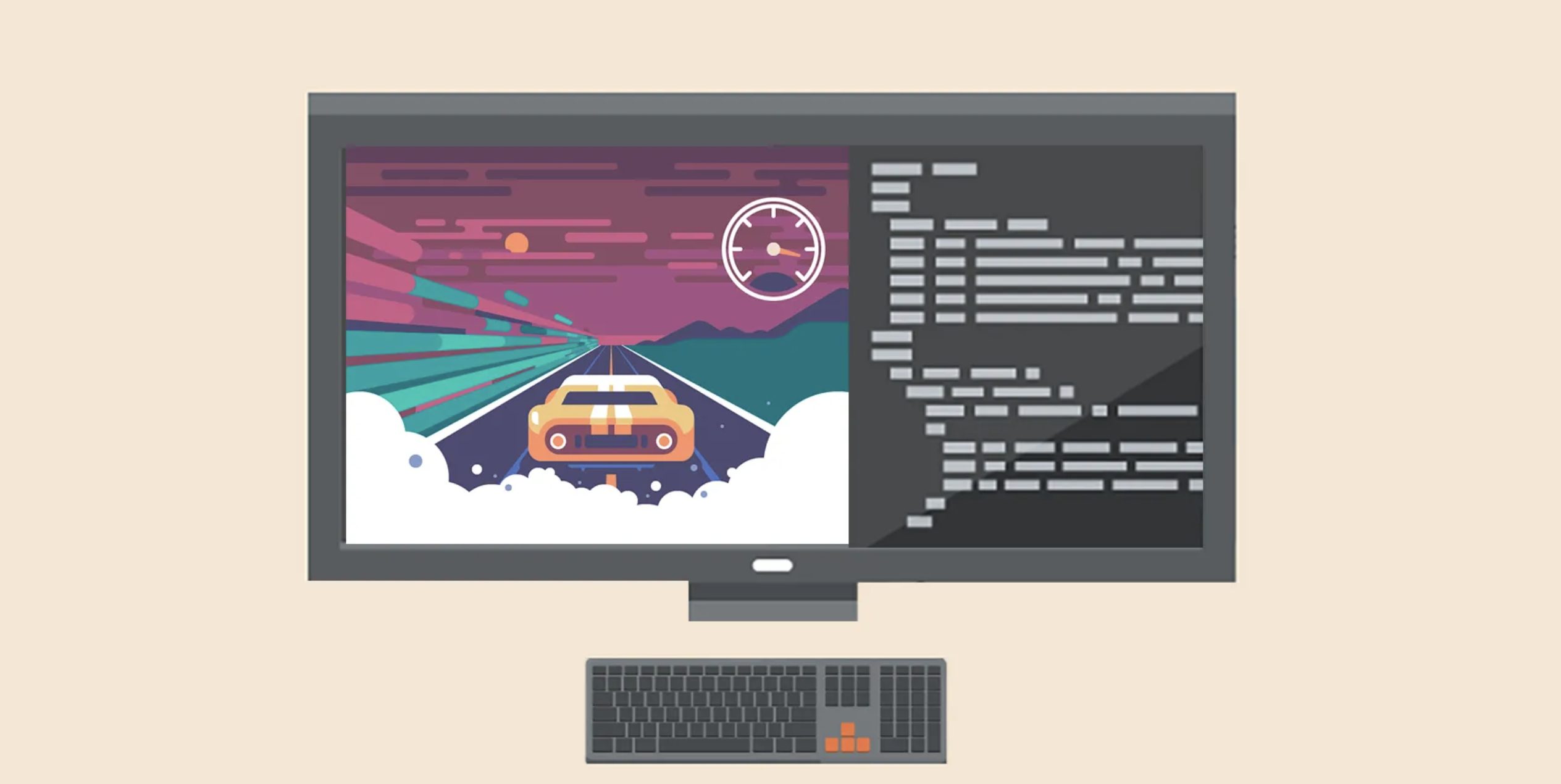
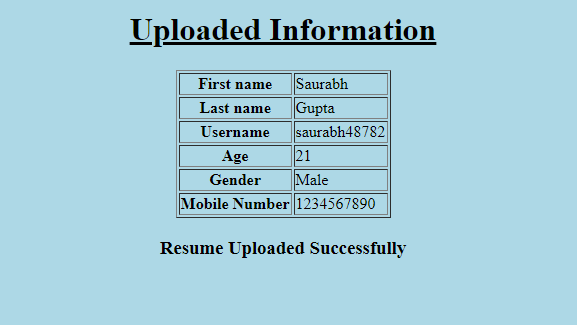
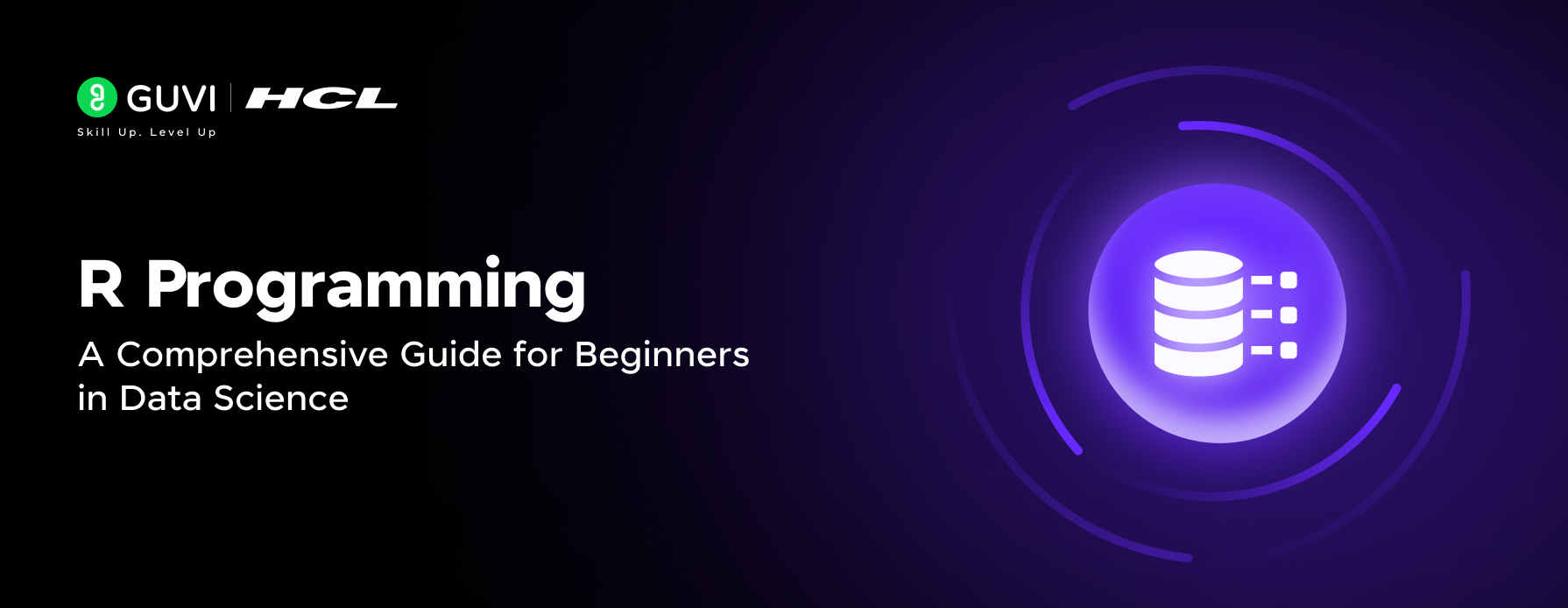

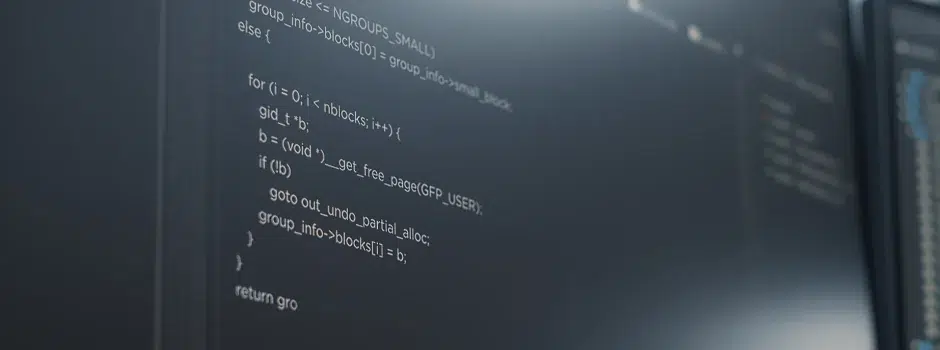

Did you enjoy this article?